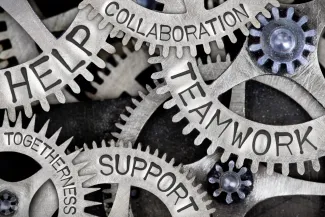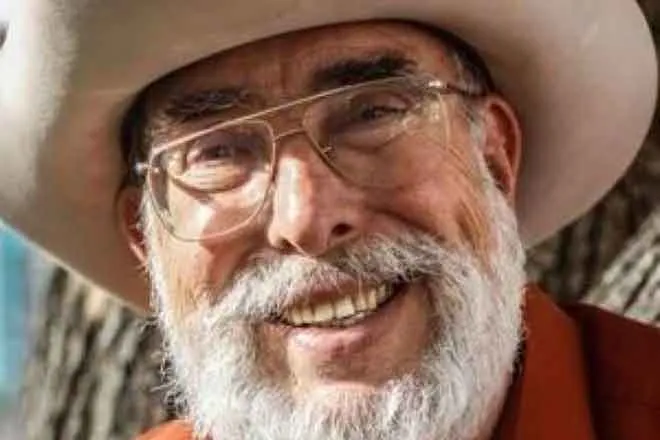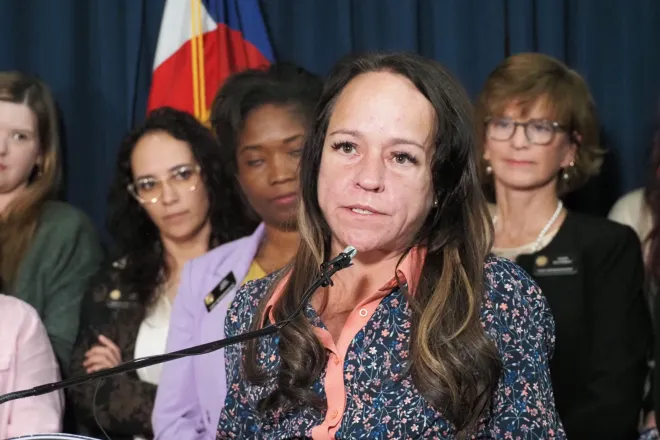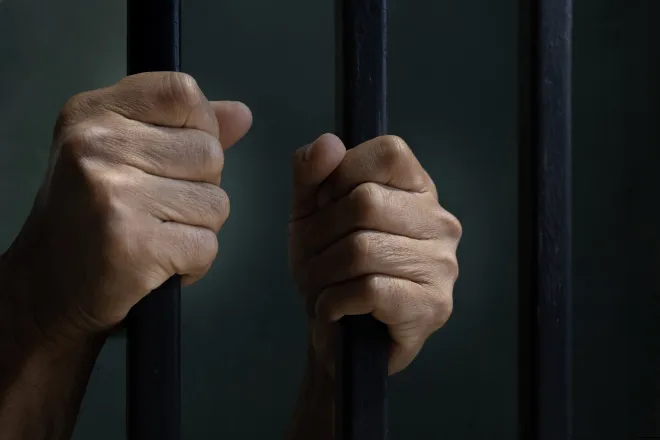
For youth empowerment work, experts say careful wording can save the day
Click play to listen to this article.
April is Second Chance Month, with extra focus on helping people with a criminal past keep from becoming repeat offenders.
In steering Minnesota youths away from a troubled path, experts said public messaging needs a reset. Recent survey findings from the social issues firm Fenton Communications showed a majority of Americans think violent crime rates for youth are on the rise.

Jennifer Hahn, chief client officer for Fenton, said in a forum hosted by the Annie E. Casey Foundation, the numbers have actually been going down, except for isolated pockets. She noted the public still hangs onto a certain mindset for when a young person is accused of committing a crime.
"There still is this very sticky belief that punishment works," Hahn observed.
Hahn suggested such beliefs muddy the conversation about pushing ahead with effective interventions. On the brighter side, many survey respondents felt meeting a child's basic needs, such as access to health care, leads to better outcomes. Hahn pointed out recognition can be a useful tool for churches, local leaders and others trying to elevate youth programs.
Hahn advised youth advocates should not flat out reject how the public feels about crime, even if one's sentiments conflict with the data. One reason is not everyone will be convinced. Instead, she hopes public discourse leans more on the role strong communities play in shaping youth, because it already resonates with a lot of people.
"Let's get safe spaces so that kids can do this," Hahn urged. "Let's support parents because it's challenging. Let's help local communities offer more job opportunities or recreation programs."
Overall, Hahn recommended a balanced approach of weighing the facts and engaging in stories about positive community responses. She encouraged people, no matter their role in the discussion, to stop using terms such as "juvenile delinquent," saying they feed into harmful assumptions.
State data show between 2012 and 2022, the number of Minnesota children arrested each year for serious crimes was nearly cut in half.
















